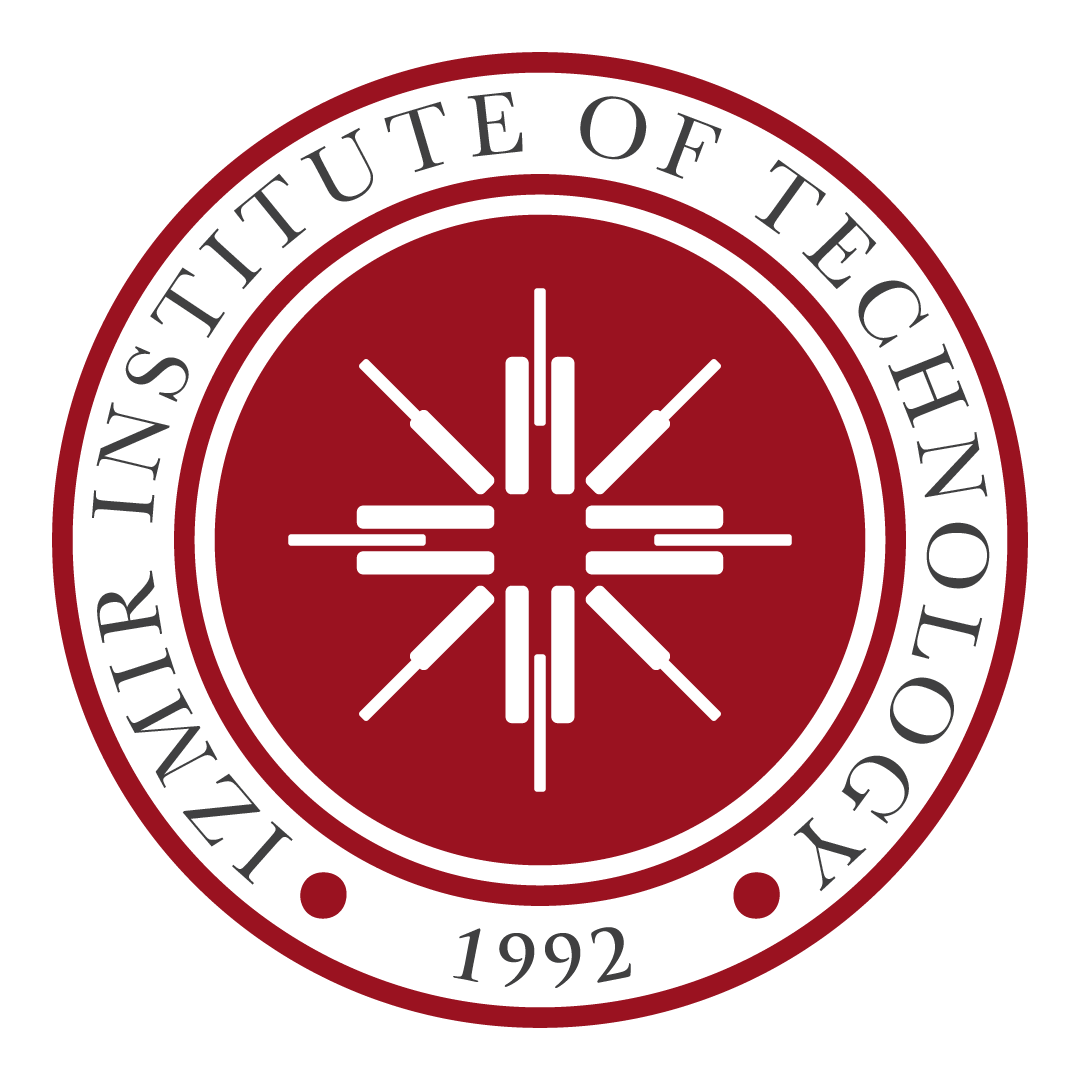CENG 461
Artificial Intelligence
Declarative programming; problem solving; knowledge representation; reasoning; acting logically; uncertainty; learning; communicating.
| Topics |
| Introduction |
| Declarative software languages |
| Problem solving |
| Heuristics |
| Information |
| Knowledge of existence |
| Reasoning |
| Acting logically |
| Testing |
| Uncertain Knowledge |
| Reasoning under uncertainty |
| Learning |
| Communication |
| Perception and labeling |
Instructor(s)
Other Fourth Year Courses
- CENG 400
- CENG 411
- CENG 415
- CENG 416
- CENG 418
- CENG 421
- CENG 422
- CENG 424
- CENG 431
- CENG 432
- CENG 433
- CENG 434
- CENG 435
- CENG 436
- CENG 437
- CENG 441
- CENG 442
- CENG 443
- CENG 444
- CENG 451
- CENG 452
- CENG 462
- CENG 463
- CENG 464
- CENG 465
- CENG 471
- CENG 472
- CENG 473
- CENG 481
- CENG 482
- CENG 483
- CENG 484
- CENG 485
- CENG 486
- CENG 487
- CENG 488


